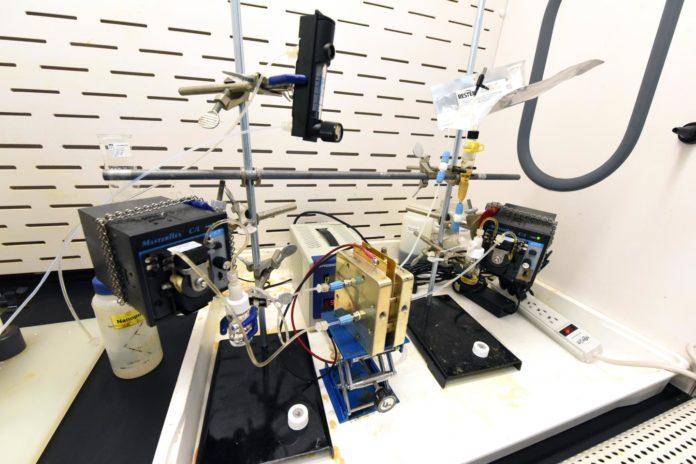Carbon capturing is the technology that harnesses up to 90% of the carbon dioxide (CO2) emissions produced from the use of fossil fuels in. The technique is mainly used in electricity generation and industrial processes, thus preventing the carbon dioxide from entering the atmosphere.
In other words, captured carbon could aid the nation’s coal plants to reduce greenhouse gas emissions. However financial difficulties are a piece of the reason the innovation isn’t generally utilized today. That could change if control plants could transform caught carbon into a useable item.
Now, scientists at the U.S. Department of Energy’s Idaho National Laboratory demonstrated a technique that transforms captured carbon dioxide into syngas, a mixture of H2 and CO. Scientists believe that the technique could be utilized to make fuels and chemicals.
Scientists noted, “For the first time it was demonstrated that syngas can be directly produced from captured CO2 – eliminating the requirement of downstream separations.”
Conventional methods for using captured carbon involves a reduction step that requires high temperatures and pressures. When bringing down temperatures, the CO2 doesn’t remain broke up in water sufficiently long to be helpful. The procedure created at INL tends to this test by utilizing particular fluid materials that make the CO2 more solvent and permit the carbon catch medium to be straightforwardly brought into a cell for electrochemical transformation to syngas.
This newly demonstrated technique involves switchable polarity solvents (SPS), liquid materials that can shift polarity upon being exposed to a chemical agent. Because of this property, the technique can possibly control what molecules will dissolve in the solvent.
In an electrochemical cell, water oxidation happens on the anode side, discharging O2 gas and hydrogen particles that at that point relocate through a film to the cathode side. There, the hydrogen particles respond with bicarbonate (HCO3-, the shape in which CO2 is caught in the SPS), permitting the arrival of CO2 for electrochemical lessening and arrangement of syngas. Upon the arrival of CO2, the SPS changes extremity back to a water-insoluble frame, taking into account the recuperation and utilization of the carbon catch media.
Luis Diaz Aldana, principal investigator on the experiment said, “It integrates two areas that have been on parallel tracks: carbon capture and sequestration (CCS) and CO2 utilization. The problem with CCS has been its economic feasibility. If you can get some extra value out of the CO2 you are capturing, it’s a different story.”
